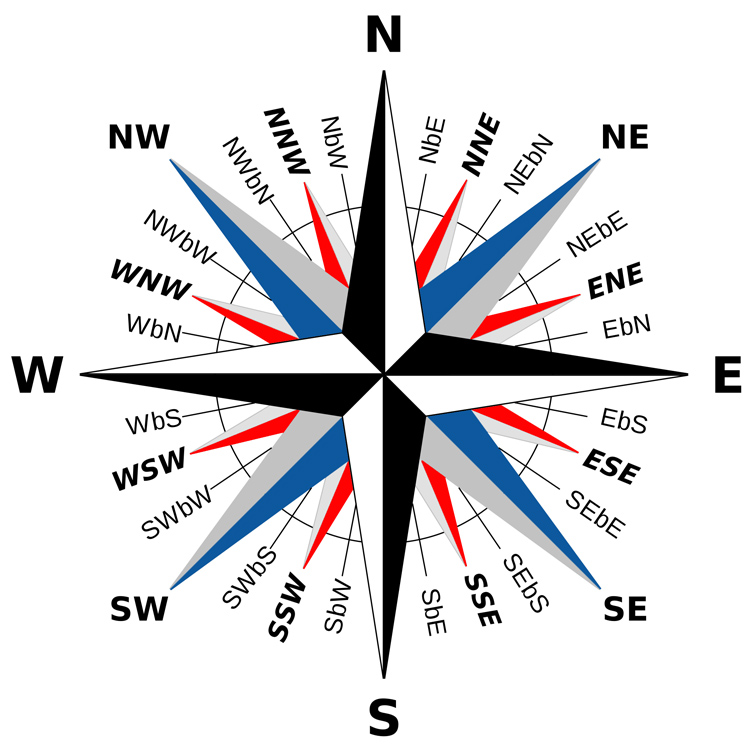

Multiple plot windows can be opened simultaneously and can be arranged on a page prior to printing. Linked fault plane and slip data can be plotted as either slip arrow plots or as kinematic axes plots.ĭata from multiple files can be merged as a single dataset, or can be overlaid as separate plots using different symbols. Corrections can be applied to frequency rose diagrams for linear data sampling bias. Length-Azimuth plots, Wind Energy plots, Mean Length/sector and Variance/sector plots). The primary plot data can include appended numeric or non-numeric information (such as length, weighting factors, mean wind data, vein widths, assay values, etc) to allow either classification of the data within the plots, or for various rose diagram options (e.g. Using this system orientation data from tables displayed in a map in a GIS map databases (such as ArcGis, QGIS, or MapInfo) can be copied and pasted easily into GEOrient.ĭata can be be plotted as: point symbols great circles beta intersections (not recommended) contours of gridded point density intersection lineation plots or as rose diagrams. The prime purpose is for the plotting of geological structural data but the plots may be applied to a variety of spatial/orientation data, including wind data.ĭata can be copied and pasted, for example, from external spreadsheets and databases. Data input formats are unconstrained, and can be in a range of orientation conventions. Data is entered either by copying from other applications and pasting from the clipboard, or by opening ASCII text files. GEOrient plots orientation diagrams (equal area, or equal angle stereographic projections, and rose diagrams) as shown in the composite image above ( or this screenshot).


 0 kommentar(er)
0 kommentar(er)
